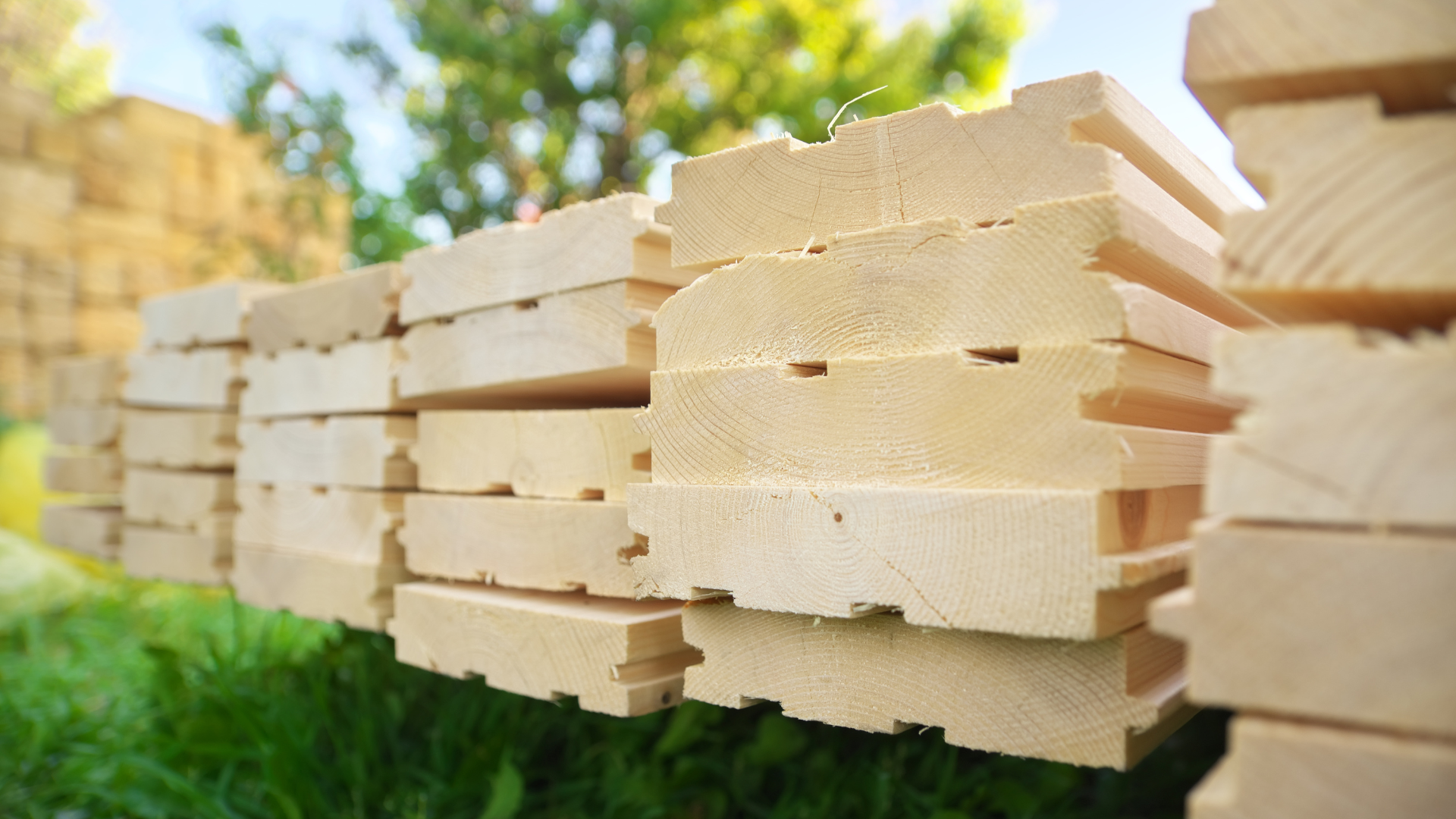Tongue and groove cladding offer buildings a timeless, durable, and refined finish. This age-old construction technique continues to be a go-to option in modern architecture.
In this blog, we will explore more about it, including its benefits, applications, and many more. Whether you’re a homeowner, builder, or architect, read on and get ready to learn this versatile method!
Tongue and Groove (T&G) Cladding Explained
T&G cladding is a construction method involving fitting boards with interlocking edges. The basic principle revolves around the precise shaping of the material. One side of the plank has a protruding ridge (the tongue), while the other has a corresponding groove. When installed, they mesh perfectly, creating a secure and seamless joint.
What sets this type of cladding apart from others is its superior interlocking design. Its unique assembly prevents gaps between the boards and enhances structure stability. Unlike simple overlapping boards, tongue and groove boarding provides a weather-resistant barrier. This, overall, makes it ideal for exterior applications, such as siding and roofing.
With roots tracing back to ancient civilisations, T&G cladding has stood the test of time. Early builders utilised it for its strength and ability to withstand the elements. Its timeless aesthetics with unmatched functionality simply cannot be taken for granted. Thus today, it continues to be a favoured choice in architectural designs.
The Benefits
One of its key strengths lies in its exceptional durability. The interlocking design prevents warping and movement. It provides a stable surface that can withstand various environmental conditions.
Weather resistance is another standout feature of tongue and groove timber cladding. The tight fit between the boards minimises the risk of water infiltration. This protects the underlying structure from moisture-related issues such as rot and mould.
Additionally, this cladding technique requires minimal maintenance. Regular cleaning and occasional treatment can retain its beauty and performance over time.
Beyond its physical attributes, tongue and groove cladding contributes to energy efficiency. The snug connection between the boards acts as an effective insulation barrier. This helps reduce heat loss during colder months, providing better thermal regulation year-round.
Common Applications
Tongue and groove cladding finds extensive applications in architecture and design. In interior settings, it is commonly used for wall panelling. The wood cladding can also be applied to ceilings to create textured surfaces.
When it comes to exterior applications, it proves its worth as a reliable siding material. Meaning it protects buildings from the elements while enhancing their curb appeal. What’s more, it can be employed for outdoor structures like sheds, pergolas, and fences.
Types of Tongue and Groove Cladding Materials
Timber remains a popular choice for its natural appeal. Options like cedar, wood pine, and oak provide varying aesthetics and durability. However, wood requires regular maintenance and is susceptible to rot and pests.
Meanwhile, PVC tongue and groove cladding offer excellent weather resistance and low maintenance. It’s also cost-effective, though it may lack the authentic look of natural wood.
Fibre cement combines the look of wood with superior durability and fire resistance. It is ideal for areas with high moisture and temperature fluctuations. But this cladding material may require professional installation.
Composite materials blend wood fibres with recycled plastics. They offer a balance between natural aesthetics and enhanced durability. Moreover, they are often resistant to fading, rot, and insects.
Installation Process and Tips
The installation of tongue and groove cladding involves the following process:
- Preparation: Ensure a flat, clean, dry surface before installation.
- Starting row: Begin with a starter strip, securing it horizontally along the base.
- First board: Insert the first board with the groove facing the starter strip.
- Securing: Nail or screw the board into place, leaving a small gap for expansion.
- Next boards: Insert the next board, interlocking the tongue with the groove of the first board.
- Continue: Repeat the process, working row by row until completion.
Helpful tips and best practices:
- Use appropriate fasteners for the chosen material to avoid splitting or damage.
- Pre-drill holes near the board’s ends to prevent splitting during installation.
- Apply exterior-grade adhesive to improve stability and weatherproofing.
Common mistakes to avoid:
- Neglecting to leave expansion gaps can cause warping and buckling.
- Using excessive force during installation may damage the boards or compromise the joints.
- Not acclimating the boards to the environment beforehand. This mistake can lead to dimensional changes after installation.
Maintenance
Regularly inspect the cladding for signs of damage, and address any issues right away. Clean the surface annually using a soft brush to remove dirt and debris.
Maintenance schedules may vary based on the material used and local weather conditions. For wood cladding, apply a protective sealant every few years. This will help enhance durability and prevent moisture-related problems.
To combat rot or pest infestations, keep the cladding dry and well-ventilated. Repair or replace damaged boards as soon as possible. Consider using treated or naturally resistant materials to prevent such issues.
Round-up
T&G cladding exemplifies the perfect fusion of timeless charm and functional excellence. Its interlocking design provides unmatched durability, weather resistance, and energy efficiency. What’s more, this versatility extends from enhancing interior spaces to fortifying exteriors.
Tongue and groove cladding proves itself a wise choice for any architectural project. Take shed cladding, for instance. This construction technique will ensure your garden building is more robust. So, what are you waiting for? Get a quote and let our helpful team from TimberX help find the right T&G material for you!
